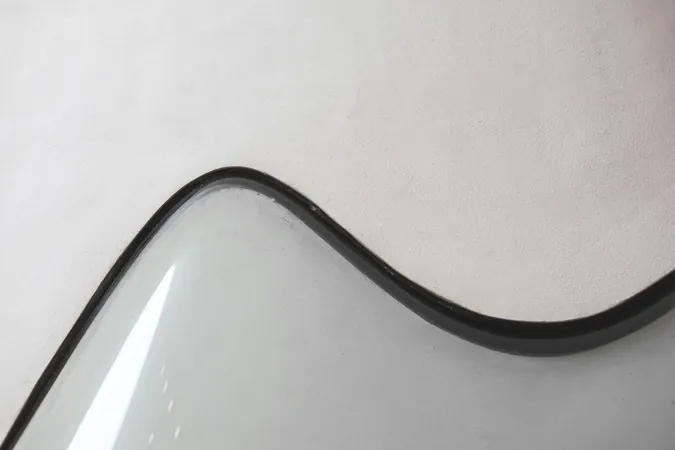
Unveiling the Hidden Bias That's Misguided Science for Centuries!
2025-09-17
Author: Li
The Bias We Don't See: Ignoring Environmental Interactions
Science has been led astray for centuries, not by a lack of intelligence, but by a subtle and pervasive cognitive bias. A groundbreaking analysis reveals that both historical and contemporary scientists often focus more on the intrinsic properties of objects rather than the significant interactions with their surroundings.
Patterns from the Past: A Historical Perspective
Researchers from the University of Edinburgh and New York University have identified this recurring trend, aptly termed 'inherence bias'. According to lead author Zachary Horne, early scientific theories frequently overemphasized inherent traits while neglecting environmental influences.
For instance, ancient theories of motion proposed that projectiles carried an internal 'impetus' that eventually waned. This misconception persisted until Galileo and Newton unveiled the dynamic effects of external forces.
The Cost of Cognitive Bias
Co-author Andrei Cimpian underscores the cost of this cognitive predisposition, stating that while scientific ingenuity has driven monumental progress, our tendency to attribute phenomena to inherent properties has historically hindered discovery.
Unraveling History’s Scientific Missteps
To gauge the extent of this bias, the researchers surveyed historians of science from the U.S., Canada, and the U.K. They were asked to identify pivotal transitions from initial explanations to more accurate accounts. A classic example is how the understanding of tides evolved. Initially attributed to vague 'tidal motions', it was Galileo who offered a more nuanced take, culminating in Kepler and Newton's recognition of the gravitational influence of the Moon.
Brownian Motion: A Case Study in Misunderstanding
The case of Robert Brown's 1827 observations of pollen grains showcases this bias beautifully. Early interpretations leaned on the idea of a 'vital force' within living matter—a notion that simply didn't match reality. Eventually, scientists recognized that what seemed like an essence was merely the result of interactions with fast-moving molecules in water.
Today's Scientists Still Struggle with Bias
The research team then sought to determine whether today's scientists fall prey to the same biases. In experiments involving scientists, adults, and children, subjects were presented with unfamiliar scientific observations and tasked with providing explanations. Across the board, initial interpretations leaned heavily toward inherent explanations.
Breaking the Cycle: Training Future Scientists
The researchers argue that this isn't a failure on the part of individual scientists, but rather a reflection of our cognitive framework. While the complexities of the world can lead us to see inherent traits, this inclination can derail progress, especially when external factors are at play.
The path to scientific understanding is often winding, and being aware of this cognitive bias is crucial for reshaping how future scientists are trained. By recognizing the influence of 'inherence bias', educators can encourage a broader perspective that emphasizes external contexts and interactions, steering new theories closer to the truth.
The Final Word: Understanding Our Cognitive Biases
This illuminating study reminds us that the missteps of our scientific predecessors are not just historical anecdotes but lessons that continue to resonate today. Acknowledging and understanding these biases will be key to fostering a more accurate scientific inquiry in future generations.


 Brasil (PT)
Brasil (PT)
 Canada (EN)
Canada (EN)
 Chile (ES)
Chile (ES)
 Česko (CS)
Česko (CS)
 대한민국 (KO)
대한민국 (KO)
 España (ES)
España (ES)
 France (FR)
France (FR)
 Hong Kong (EN)
Hong Kong (EN)
 Italia (IT)
Italia (IT)
 日本 (JA)
日本 (JA)
 Magyarország (HU)
Magyarország (HU)
 Norge (NO)
Norge (NO)
 Polska (PL)
Polska (PL)
 Schweiz (DE)
Schweiz (DE)
 Singapore (EN)
Singapore (EN)
 Sverige (SV)
Sverige (SV)
 Suomi (FI)
Suomi (FI)
 Türkiye (TR)
Türkiye (TR)
 الإمارات العربية المتحدة (AR)
الإمارات العربية المتحدة (AR)